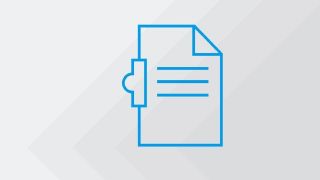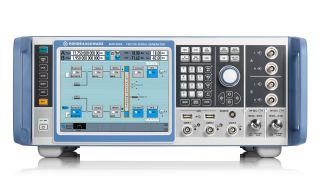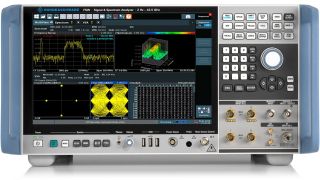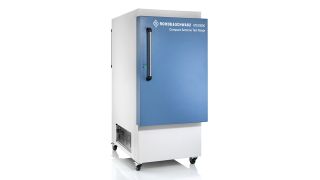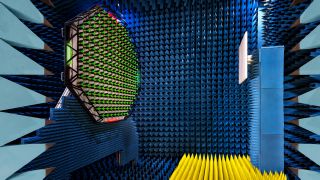Leading-edge test solutions for all 3GPP base station conformance testing
Rohde & Schwarz offers a broad solutions portfolio for base station conformance testing. The solutions range from high-performance signal generators and signal analyzers to turnkey test systems including shielded chamber environments.
Typically, base station conformance testing is performed with a combination of a vector signal generator and a signal and spectrum analyzer. The
R&S®FSW
signal and spectrum analyzer is an outstanding tool for testing spurious emissions of base station transmitters and receivers. It includes all parameters to conduct 3GPP base station conformance defined measurements.
The
R&S®SMW200A
vector signal generator is the perfect platform for testing base station receiver characteristics as well as performance. By offering an optional fading simulator it becomes a single box solution. The
R&S®SMW200A
is able to generate the wanted and interference signals, perform fading using presets for the corresponding channel models, add AWGN and provide the real-time HARQ feedback signals required for 3GPP TS 38.141 Chapter 8 performance testing.
A test case wizard helps users to quickly configure all relevant specification-compliant test cases by using built-in presets for the FRCs (Fixed Reference Channels) and TMs (Test Models).
In addition to leading solutions for 5G BTS testing, the Rohde & Schwarz portfolio also includes a wide range of anechoic chambers for over-the-air conformance testing, optimized in size and performance. These include the
R&S®PWC200
small footprint plane wave converter for FR1 massive MIMO base station testing and the
R&S®ATS1800C
compact 3GPP-compliant OTA chamber for 5G NR mmWave signals.








